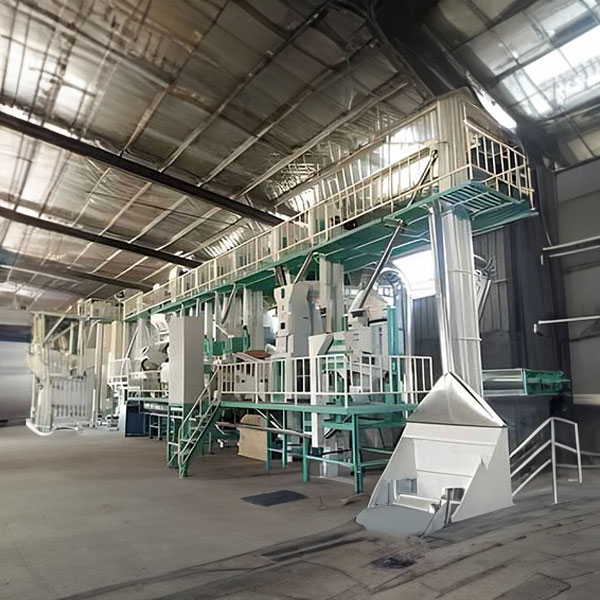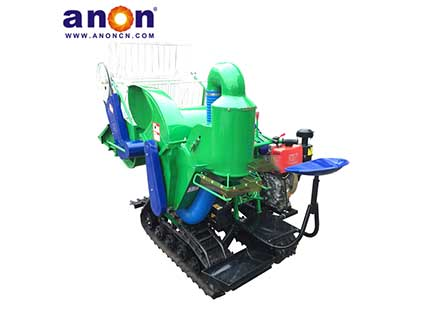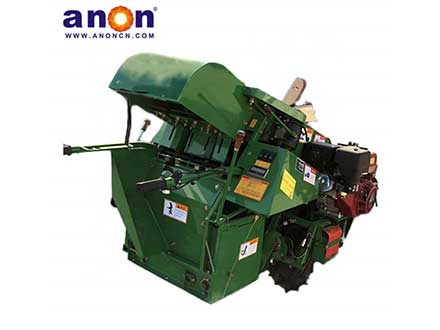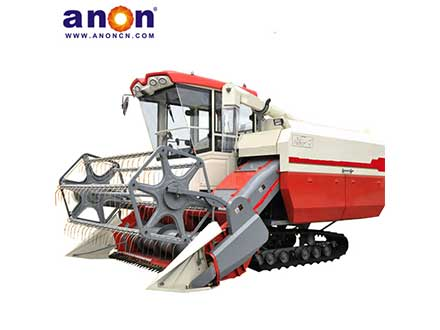Introduction
White rice, with plump grains and a pure white color. Are you curious about white rice processing?
In this article, we will explore how raw grains become white rice. We have more than 10 years of experience in the agricultural sector. Our equipment is used in lots of modern rice mills. We are here to let you know each step of white rice processing.
Ready to uncover the secrets behind white rice processing? Let’s explore together!

Is White Rice Processed Food?
You might be curious: is white rice considered a processed food? The answer is yes. Freshly harvested rice comes with a tough husk that is inedible. The white rice you commonly find in supermarkets undergoes a processing journey to become white.
Moreover, during white rice processing, techniques are applied to enhance its nutritional value. So, it is accurate to classify white rice as a processed food.
Now, let’s delve into the detailed process of how white rice is processed.
How White Rice is Processed?
The white rice processing method can vary, ranging from a one-step or two-step process to a more complex multi-stage process.
In the one-step process, husking and bran removal are combined into a single step. Meanwhile, the two-step process involves removing the husk and bran separately. A multi-stage process entails many additional steps. This is the process of white rice processing.
After drying and processing with various equipment to remove the husk and bran layer, the result is white rice. In the upcoming sections, you will learn how white rice is processed step by step.

Steps in White Rice Processing
White rice processing involves several key steps, including drying, cleaning, husking, milling, grading, and packaging. Let’s delve into each step in detail:
Drying&Cleaning
Rice usually contains a large amount of water after harvest, which is an inevitable and normal phenomenon in crops. But too much moisture can lead to mold, making storage difficult. Moreover, moisture levels that are too high or too low can negatively impact the subsequent processing stages of rice. That is why drying is crucial in white rice processing.
Traditionally, rice is dried in the sun, a method used for generations. However, modern rice mills use dryers for faster and more precise drying. These machines can quickly dry rice and control its moisture content. Compared to manual drying, using dryers is more efficient and accurate.
After drying, the rice undergoes cleaning to remove impurities like straw and stones. There are three common cleaning machines:
- Rotating cleaning machine: Rice enters a rotating cylinder with mesh holes. Through continuous rotation, it separates large and small impurities from the rice.
- Vibration cleaning machine: Impurities are separated through machine vibration and layer-by-layer screening.
- Stone removal machine: It employs both vibration and suction to eliminate stones from grains. This is possible because of the distinct weight differential between the rice grains and the stones.
After completing these initial preparation steps, the white rice processing can officially begin.
Husking&Milling
In the white rice processing journey, the next step after drying and cleaning is husking. As the rice undergoes this process, the protective outer shell is removed. Once the shell falls off, the exposed yellow rice grains are what we commonly refer to as brown rice. This peeling process primarily relies on friction, with two rubber rollers rotating at high speed. The rice grains shed their outer shell under the friction generated by this rapid rotation. Subsequently, the detached shell is blown away by a fan, leaving behind clean rice grains.

After hulling, the next crucial step in white rice processing is whitening. In this stage, the rice grains are introduced into a rice mill machine, where they undergo a process to remove the bran layer. This can be achieved through grinding or friction, with the aim of milling the grains to achieve a whiter appearance.
Multiple milling cycles are often used. They ensure thorough whitening and reduce broken rice grains. This iterative process enhances the yield of whole rice and addresses concerns about uneven whiteness. Processors carefully control the milling process. This allows them to achieve the desired level of whiteness and uniformity. White rice processing typically involves 2 to 4 series of whitening machines. These machines have precise mechanisms for regulating the process. They ensure consistent results in the whitening process.
During the white rice processing, significant quantities of rice husks and bran are generated. However, these by-products are not wasted. Rice husks can serve as both fuel and fertilizer, while rice bran can also be utilized as fertilizer and processed into animal feed.
Grading&Packing
In the process of white rice processing, it is inevitable to incur losses. Consequently, white rice needs to undergo sorting and grading based on its size, shape, and quality. The white rice grader employs vibration to sort rice based on their different size. It categorizes them into whole grains, regular rice, large grains, and small grains.
After grading, the white rice is ready for packaging. You can use manual weighing and then proceed with packaging. However, modern rice mills mostly use packaging machines for accuracy and automated packaging.
Once the packaging is completed, the white rice processing process comes to an end. Packaging rice provides greater convenience for storage and transportation purposes.
White Rice Processing VS. Brown Rice Processing
Processing white rice and brown rice involves several similar steps. After husking, white rice undergoes grinding. Some white rice may also undergo polishing and color selection. Following these steps, workers grade the white rice. Conversely, they grade brown rice immediately after husking. Essentially, brown rice processing is integrated into the white rice processing process.
During white rice processing, wheat bran is removed through grinding. As a result, brown rice usually contains more fiber than white rice. Fiber can help relieve constipation and increase feelings of fullness. So, brown rice is a good choice for weight loss and management. Additionally, fiber can help regulate blood sugar levels. Brown rice is more suitable for individuals with high blood sugar compared to white rice.

The Benefits of White Rice Processing
Ordinary rice milling machines or manual milling cannot preserve the embryo and endosperm of rice. Consequently, white rice processed through such methods lacks significant nutritional value.
However, utilizing ANON’s rice mill ensures the retention of over 80% of the rice germ and endosperm. This type of machine reduces nutrient loss during white rice processing. The embryo, making up just about 2% of rice’s quality. But it holds significant nutritional value, packed with abundant vitamin B and dietary fiber.
Processed white rice boasts a longer shelf life and better storage adaptability compared to brown rice. Additionally, it offers excellent taste and has wider appeal to the public.
Conclusion
Through an in-depth exploration, you have an understanding of each step of white rice processing.
If you are eager to learn more or thinking about entering the rice milling business, ANON can provide tailored guidance! Reach out to us for expert assistance and take the first step toward your goals in the rice milling sector!




